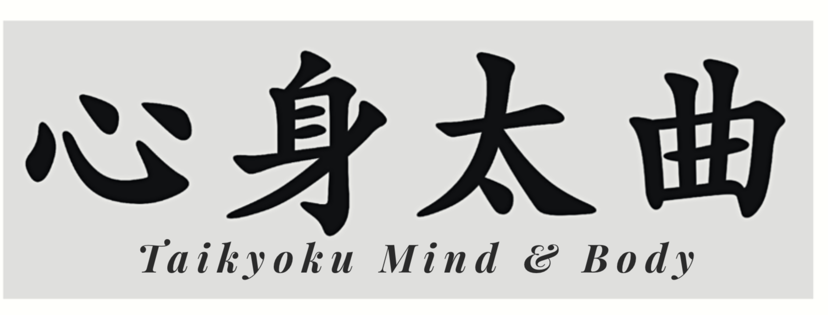Taikyoku Mind & Body: Who We Are & Why We Do What We Do
Aside from the history sections and some of the various checkpoints and milestones along the way that led to the formation of this collective, I think it’s important that those looking at our group understand some of the principles, as a group, we strive to embody and encourage our collective to exhibit.
1. TRADITION: We are interested in the historical aspects and influences that contribute to what our practice is today, our membership having experience with multiple koryu (old style Japanese martial arts) in addition to modern traditions. Our emphasis is less on the role-playing aspects of Asian culture, while retaining core elements that emphasize rei (respect or courtesy) and training for mutual benefit. Our collective culture is very much an emphasis on a family that you are choosing to join. A modern family where we all have diverse experiences and perspectives, while seeking to bring out the best in each other through the training of budo (martial training methods) and kiko (movement practice for whole body strength and health).
2. INCLUSION: There are multiple tiers of involvement in the Taikyoku Mind & Body collective and we encourage all participation as we recognize that many people are at different places in their lives, balancing family, career and the availability to make time for other pursuits are as varied as an individual’s abilities and interests (the Founders speak from experience). Our goal as a collective is to have content that will be of interest to the casual participant, as well as a deep reservoir of content that the dedicated seeker can spend a lifetime of study on the journey of self-cultivation and improvement through kiko and budo.
3. EXPERIENCE: The founders of this collective have spent decades studying the arts and principles that make up Taikyoku Budo & Kiko in traditional, modern and sport martial art settings, while continuing to build connections and relationships with those training like disciplines in different settings.
4. INSPIRATION: Our direct experiences with the research of Ellis Amdur and Mike Sigman have built upon their creation of budo frameworks and internal strength body-skill development to create an accessible and repeatable method to supply an individual with the tools to be in control of their own development and accomplishments. The collective will always foster group training environments to work on your skills with your Taikyoku family, but the real benefit will be the power granted to the individual to be in charge of their own progress.
5. COMMUNITY: We somewhat eschew the concept of “Sensei” and “Master” – we’ve all made progress along the spectrum of these skills and part of our “pay it forward” (none of us would be anywhere without the generosity of our Seniors) approach is to make certain aspects of the materials very freely available in videos and other public domain, open source access points.
-Budd Yuhasz
NOTE: Good primers for the fundamental drivers of our practice can be found in the following articles:
a. The Birth of Taikyoku by Ellis Amdur
b. Silk Reeling, Aka Six Harmonies Movement by Mike Sigman
c. A Brief History of Taikyoku Mind & Body by Robert Van Valkenburgh
